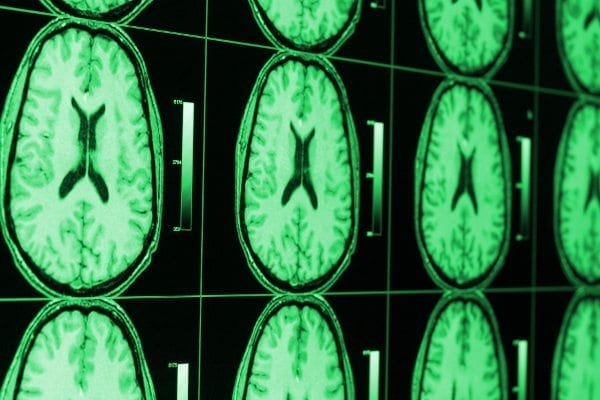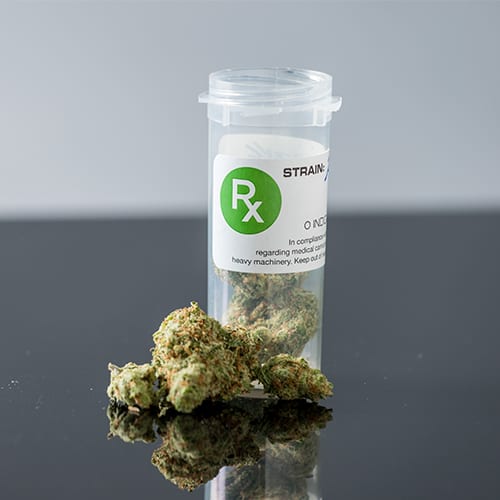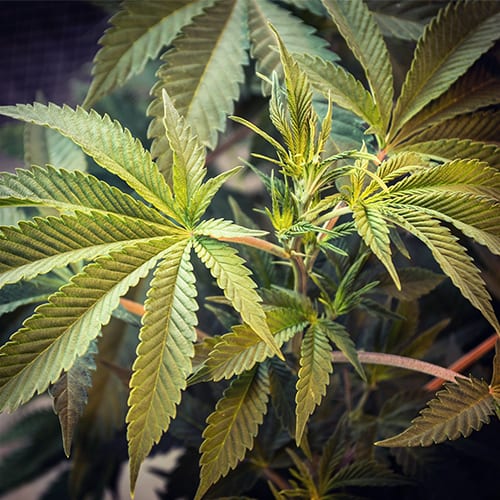
If you’ve ever played sports, chances are you’ve sustained an injury on at least one occasion. Cuts, scrapes, bruises, sprained ankles, and broken bones are fairly common in the world of sports but, as unpleasant as they may be, they’re all injuries that will heal with enough time, care, and therapy.
Unfortunately, not every sports injury is so simple. Some are far more complex. Sure, you may suffer an injury while playing in a rec center baseball league or kicking the soccer ball around with your friends on the weekend, but it’s highly unlikely that it would be anything too severe.
When it comes to pro sports however, the possibility of suffering a severe and possibly life-altering injury is all too real. Brain injuries are one of the biggest issues when it comes to pro sports, and they are especially common in those that are high-impact and involve direct, bodily contact between players, like MMA and football.
It’s a problem that has persisted for years. Even with the use of protective gear and helmets, many pro sports players are forced into early retirement or succumb to a tragically young death due to a single injury or multiple injuries they suffered in the course of their careers.
The problem is that many of these injuries are hard to treat and even harder to successfully diagnose. This article seeks to create a dialogue about the devastating effects of these injuries and how medical marijuana may be able to help.
Types of Traumatic Brain Injuries
The first step to understanding traumatic brain injuries (TBIs) is learning how they are classified. All TBIs can be described as either open and closed.
An open TBI occurs when the skull is fractured or penetrated. This is usually caused by the skull coming into direct contact with something, as in the case of blunt force trauma or a bad fall.
Closed TBIs are worse. Because the skull is not fractured in a closed TBI, it absorbs the impact and disperses it over a large portion of the brain. Closed TBIs carry a greater risk of swelling, bleeding, and death than open TBIs.
On top of this, TBIs can be broken down by their severity into three levels:
- Mild. Scans of a mild TBI may appear normal and they typically go undiagnosed unless there is a change in the mental status of the injured individual. They may be accompanied by a brief loss of consciousness and mild confusion.
- Moderate. A moderate TBI may have no permanent side effects or it may disable the individual for life. With such injuries, consciousness may be lost for a few minutes to a few hours, confusion may last for days or months, and physical, mental, and behavioral impairments may be temporary or permanent.
- Severe. These injuries can cause lifelong side effects and are fatal in many cases. They typically cause permanent damage to the injured individual’s ability to function physically, emotionally, and mentally. They also carry an increased risk for epilepsy, Alzheimer’s, Parkinson’s, and other disorders.
Some of the most common brain injuries include but aren’t limited to:
- Concussions
- Contusions
- Coup-Contrecoup
- Diffuse Axonal
- Penetrating injuries
What is CTE?
It would be remiss to discuss traumatic brain injuries as they pertain to sports without discussing this particular condition. Chronic Traumatic Encephalopathy (CTE) is a progressive degenerative disease. It’s a condition that affects individuals who have suffered multiple traumatic brain injuries throughout their lives, as pro athletes often do.
A brain affected by CTE will gradually deteriorate over time. Some areas may lose mass, while others may become enlarged. CTE is thought to be caused by a buildup of tau protein in the brain. Too much of this protein can cause severe side effects, like loss of memory, an inability to control anger/rage, and substantially impaired judgement, amongst others.
For a while, CTE was thought to only exist in boxers, but the tragic deaths of NFL players Mike Webster and Junior Seau have proven otherwise. The problem is that the only way doctors knew how to diagnose CTE for sure is through autopsy – until now.
A recent discovery has been made that may allow scientists to scan the brain for CTE before it causes the death of the individual suffering from it. A newly-discovered ligand, called T807, makes it possible for doctors to scan the brain to search for abnormal amounts of tau protein.
Next month, Samuel Gandy and Dara Dickstein, of the Mount Sinai Icahn School of Medicine in New York City, will begin a $16 million, 7 year-study on CTE. The researchers will work with 120 former NFL players and 60 former college football players in the hopes of being able to find a way to not only detect CTE during life, but hopefully stop it in its tracks or at least slow its progression.
The Future of Medical Marijuana in Pro Sports
Astonishingly, one study on CTE found that it was present in 96% of the NFL players and 79% of college, high school, and semi-pro football players that were analyzed. There is some good news though: medical marijuana could be used to help mitigate the effects of CTE and other neurological disorders and brain injuries.
Scientists have found that the Cannabidiol and Delta-9 Tetrahydrocannabidol (THC) found in marijuana have neuroprotective qualities that allow the nervous system to rebuild and renew its function, cells, and overall structure. This discovery is the result of a 1998 study on the brain cells of rats. An additional study, performed in 2013, showed that Cannabidiol was able to regenerate the brain cells of mice, specifically those that are associated with the more common symptoms of CTE, like depression, anxiety, and stress.
Obviously more research needs to be done. While the results that have been shown in animals are promising, we can’t assume that the same results will be seen in humans. One thing is for sure though: this research will go nowhere if organizations like the UFC and the NFL continue to belittle and demonize marijuana.
Marijuana has been proven to relieve pain, and yet pro sports organizations such as these continue to test players for THC and prohibit them from using it. It’s a real shame, given that marijuana is far less harmful than the highly addictive opioids that many players are prescribed.
Numerous athletes have spoken out against the attacks the pro-sports world continues to make on marijuana. MMA fighters Nick Diaz and Ronda Rousey take a strong stance on the topic. Not to mention the fact that the Baltimore Ravens’ Eugene Monroe has donated nearly $100,000 to Realm of Caring, a Colorado-based group working with Johns Hopkins to study the effect cannabis has on TBIs like CTE.
Countless players have died from TBIs – and specifically CTE – from the NFL to the UFC, WWE, and beyond. The bigwigs that run these high-profile sporting organizations need to realize that the only thing they are doing by banning the use of marijuana is preventing the players who pay their salaries from utilizing this natural remedy.
In the meantime, we must hope that scientists and doctors alike will be able to conduct enough research to compel these organizations to make a change and accept that marijuana is not a drug, but a highly effective, useful, healing medicine, capable of significantly reducing pain and maybe even saving hundreds of lives.
SOURCE: MASSROOTS.COM





